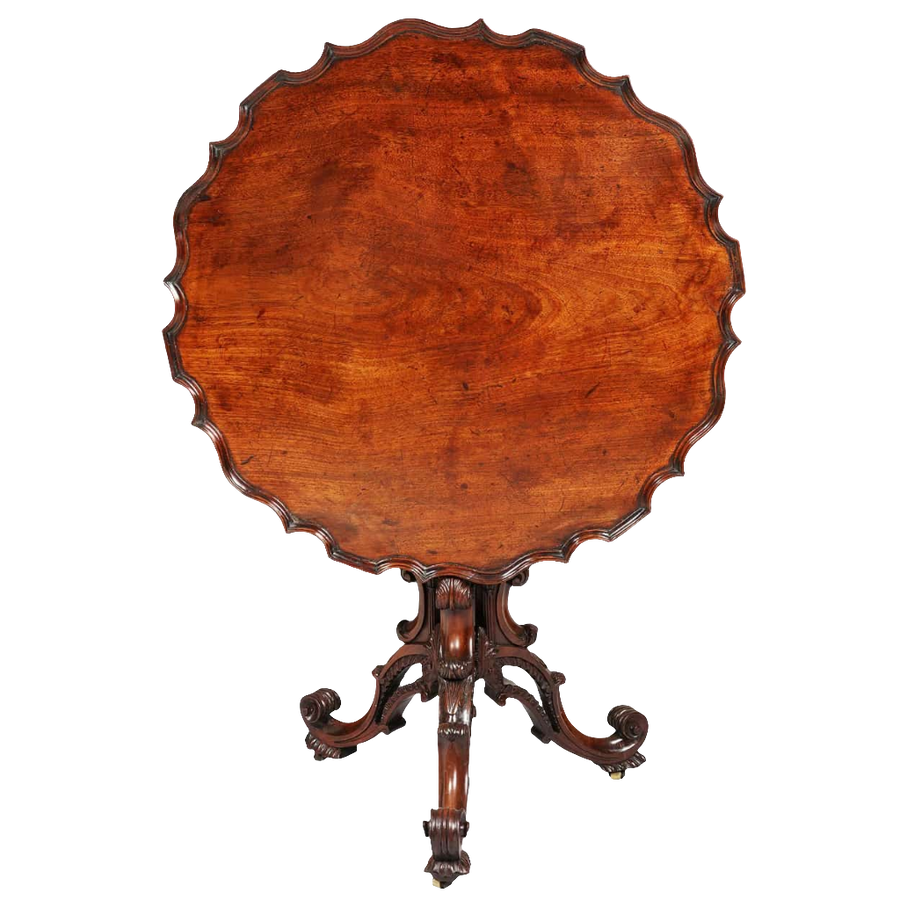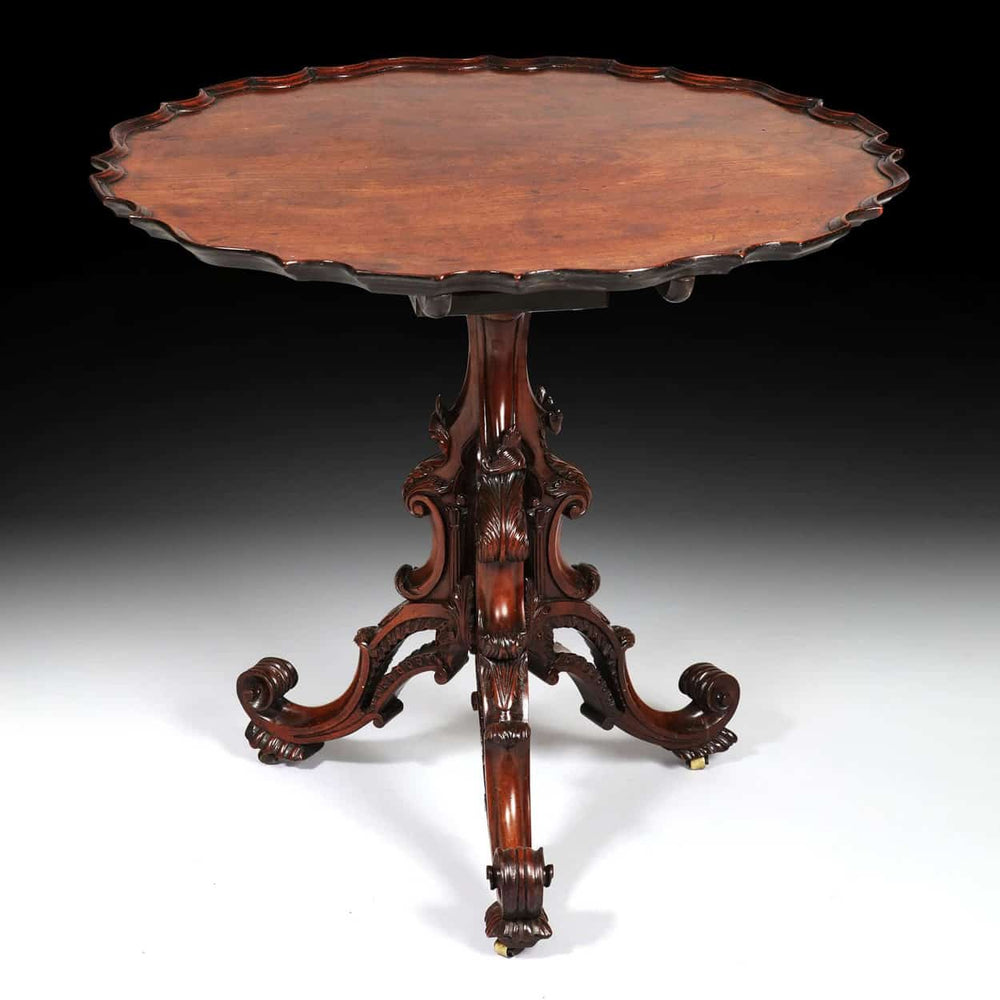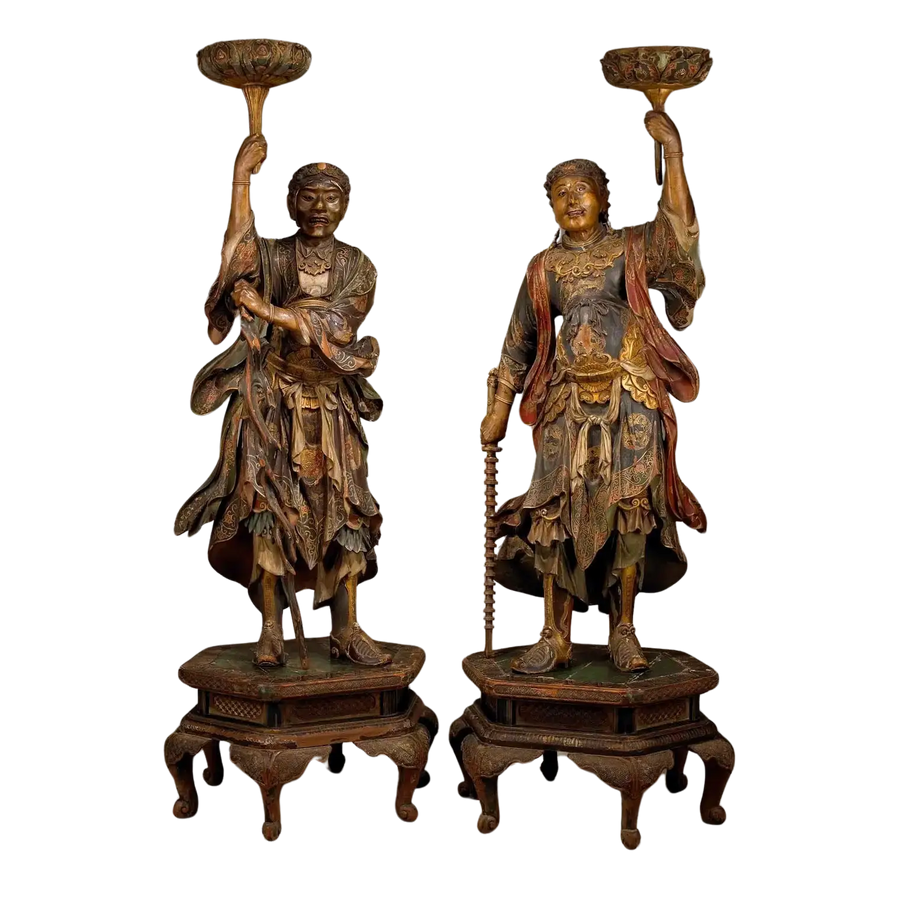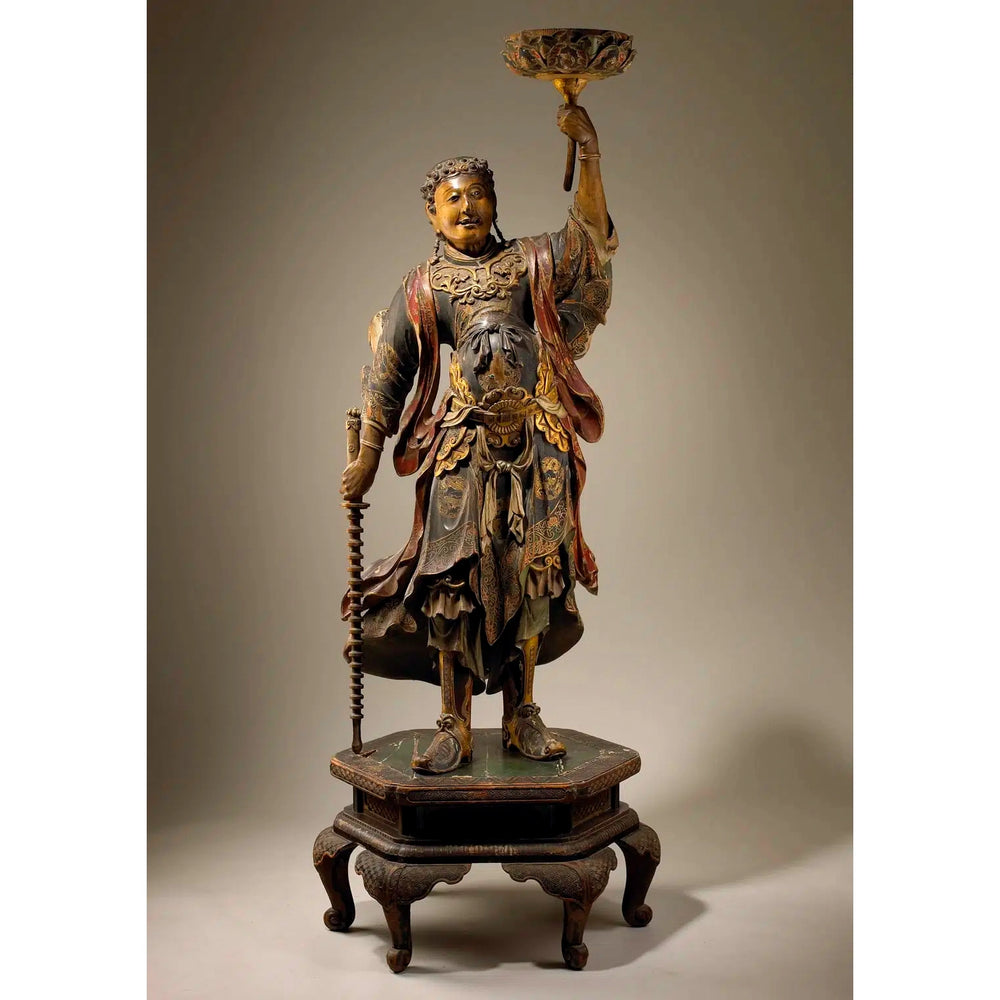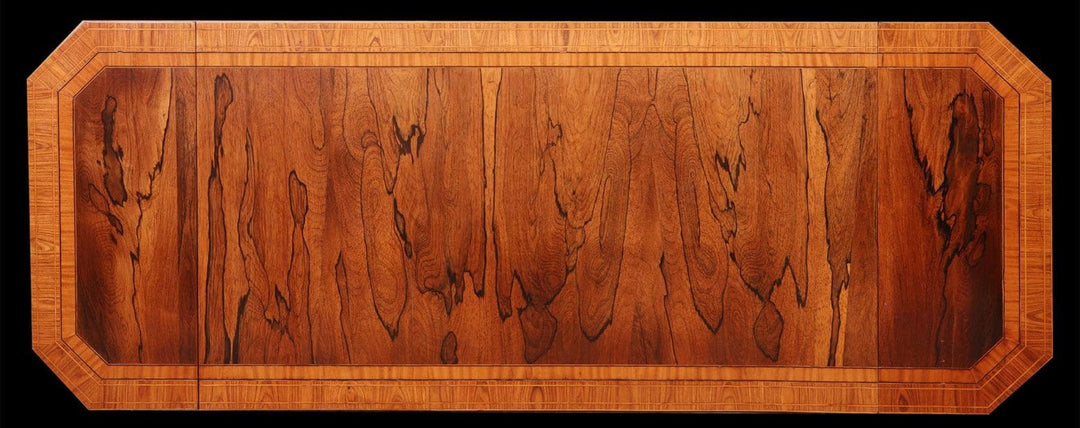During the 18th and 19th centuries, Austria, under the Habsburgs, was a centre of decorative arts marked by Baroque and Rococo opulence. Court patronage fostered exquisite craftsmanship in gilded furniture, religious objects, tapestries, and textiles, reflecting imperial power and Catholic devotion.
The influence of Viennese neoclassicism and later Biedermeier design brought a shift towards refined domestic elegance—celebrated in interiors, porcelain, and ornamental arts that balanced luxury with restraint.
Austria’s decorative traditions from this era shaped European tastes, blending courtly grandeur with evolving urban sophistication.
image: Jan Thomas, Emperor Leopold I and Infanta Margaret Theresa, 1667, oil on copper, Kunsthistorisches Museum, Vienna.
During the 18th and 19th centuries, Austria, under the Habsburgs, was a centre of decorative arts marked by Baroque and Rococo opulence. Court patronage fostered exquisite craftsmanship in gilded furniture, religious objects, tapestries, and textiles, reflecting imperial power and Catholic devotion.
The influence of Viennese neoclassicism and later Biedermeier design brought a shift towards refined domestic elegance—celebrated in interiors, porcelain, and ornamental arts that balanced luxury with restraint.
Austria’s decorative traditions from this era shaped European tastes, blending courtly grandeur with evolving urban sophistication.
image: Jan Thomas, Emperor Leopold I and Infanta Margaret Theresa, 1667, oil on copper, Kunsthistorisches Museum, Vienna.
Read More





